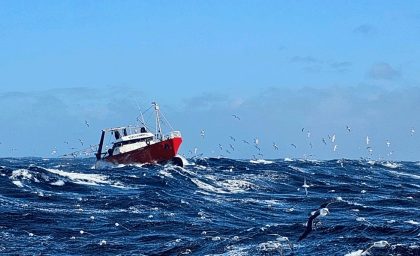
Australian Fishing Trawler Relies On GMDSS Terminal For All-In-One Safety Services At Sea
A fishing trawler needs reliable emergency communication capabilities to operate in rough seas.

A fishing trawler needs reliable emergency communication capabilities to operate in rough seas.
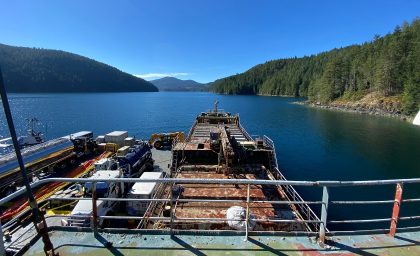
Derelict vessels pose a threat to coastal waterways, indigenous communities, and the environment.

A solar racing team needed to stay in touch while competing in a region of South Africa without reliable terrestrial coverage.
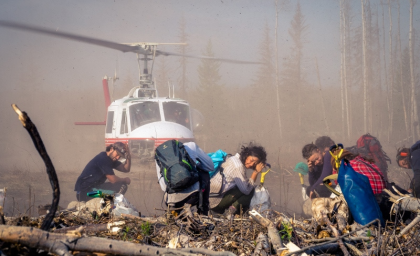
Reforestation teams needed a reliable, affordable communication method while deployed in remote regions of Western Canada.
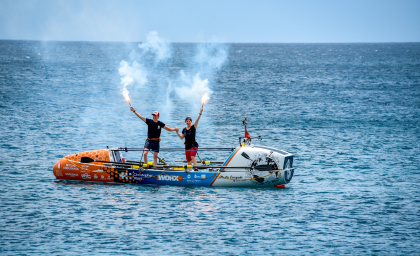
A pair of rowers needed a device for voice calls, chat messaging, and Wi-Fi while crossing the Atlantic Ocean.
Commercial vehicles—and their drivers—traveling in regions without cellular coverage face several dangers, from severe weather to bandits.

A forestry industry employee was injured and trapped while alone in a rugged region of Canada beyond cellular coverage.
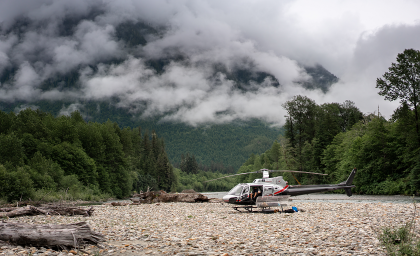
Helicopter pilots need to communicate with colleagues, clients and other parties beyond the range of cellular and radio service.
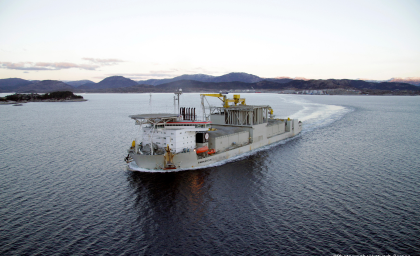
The crew of the M/V Simon Stevin required a quick, effective, and simple communication method for emergencies.